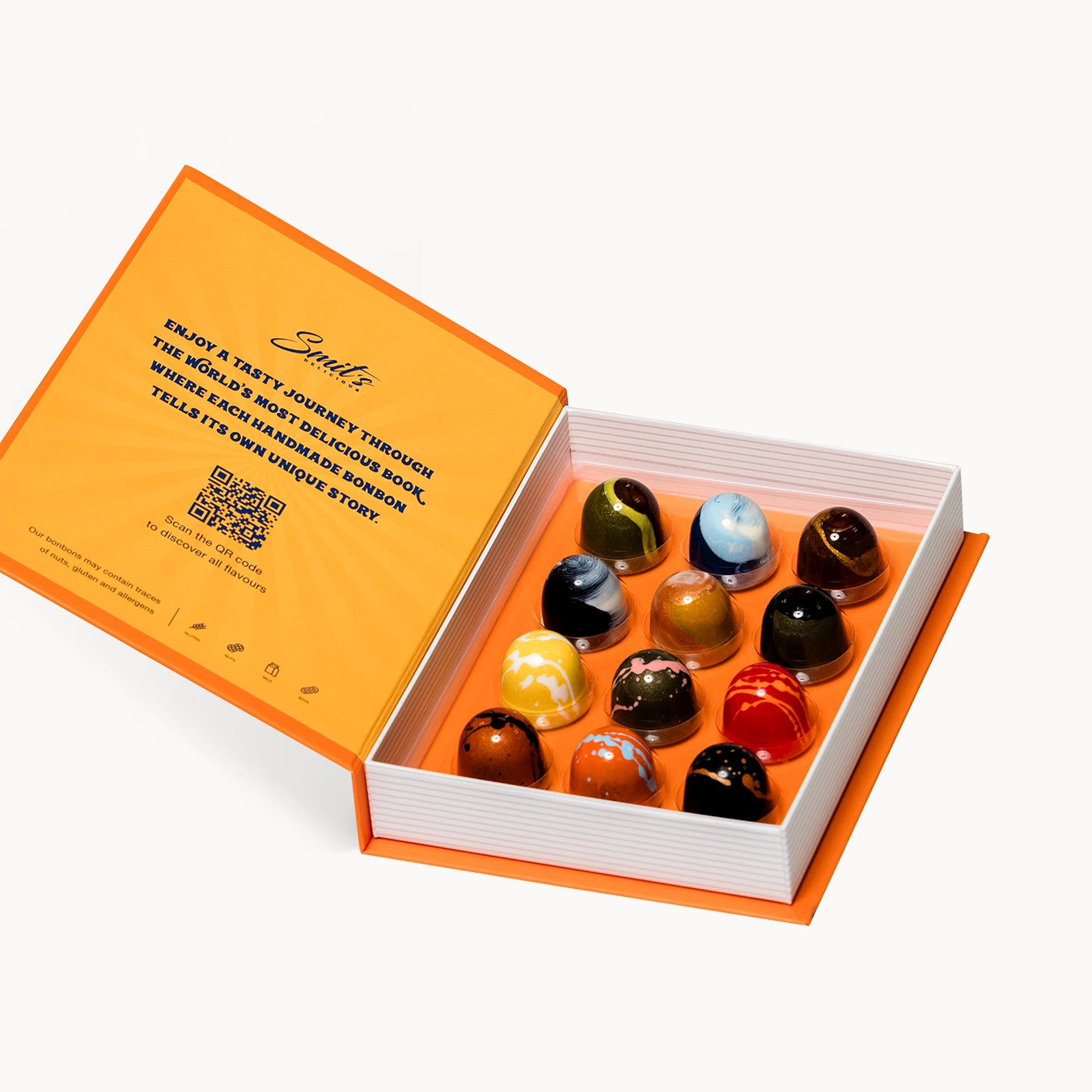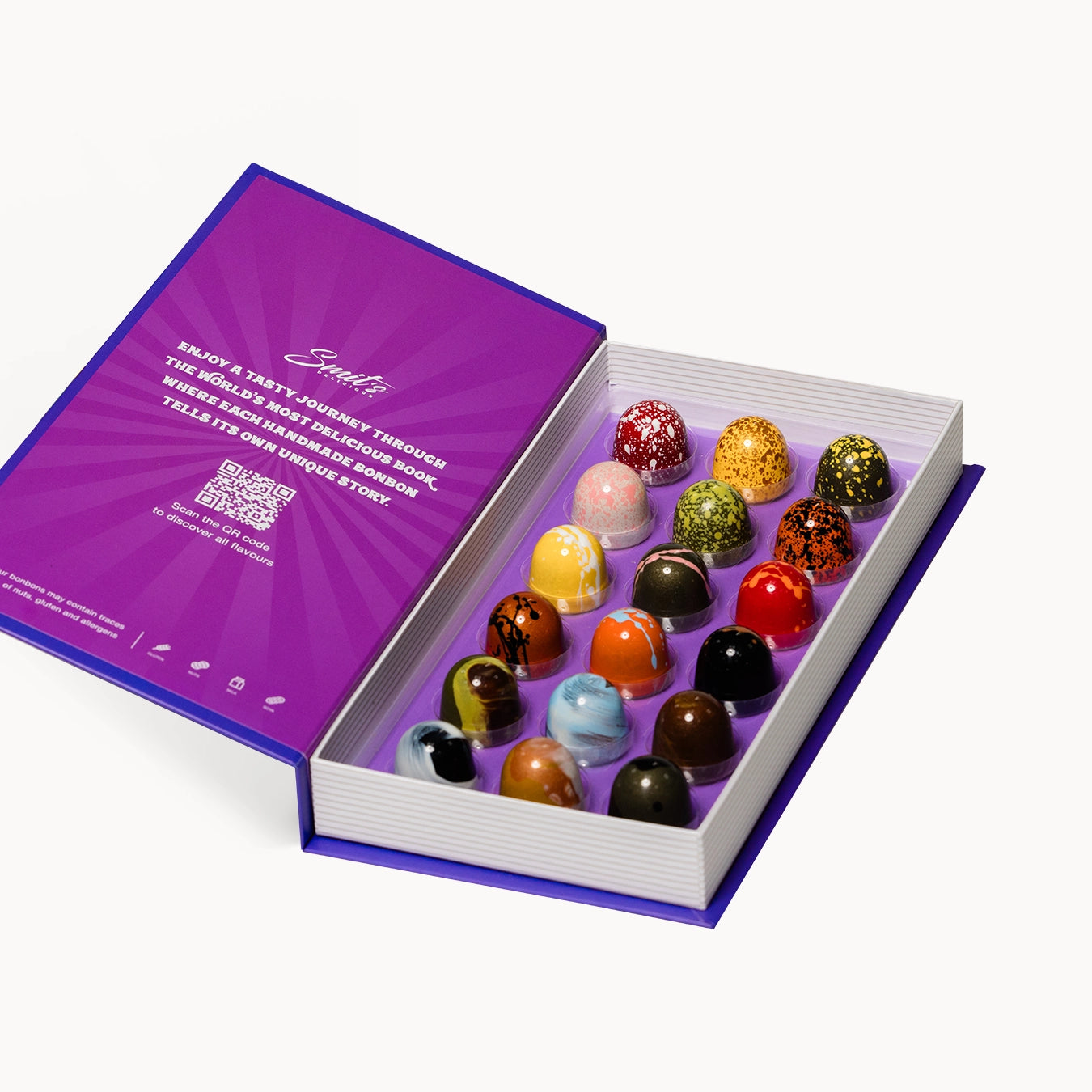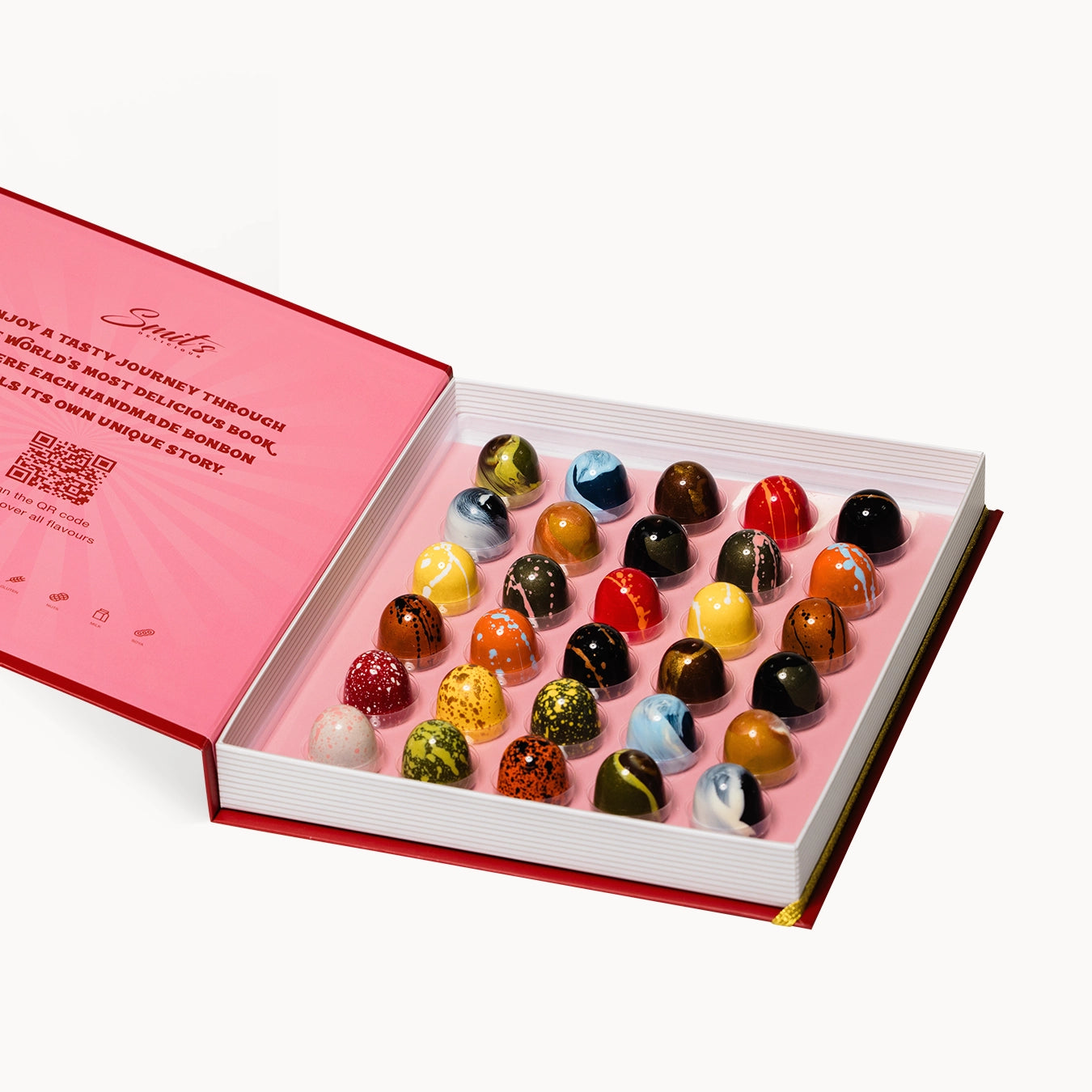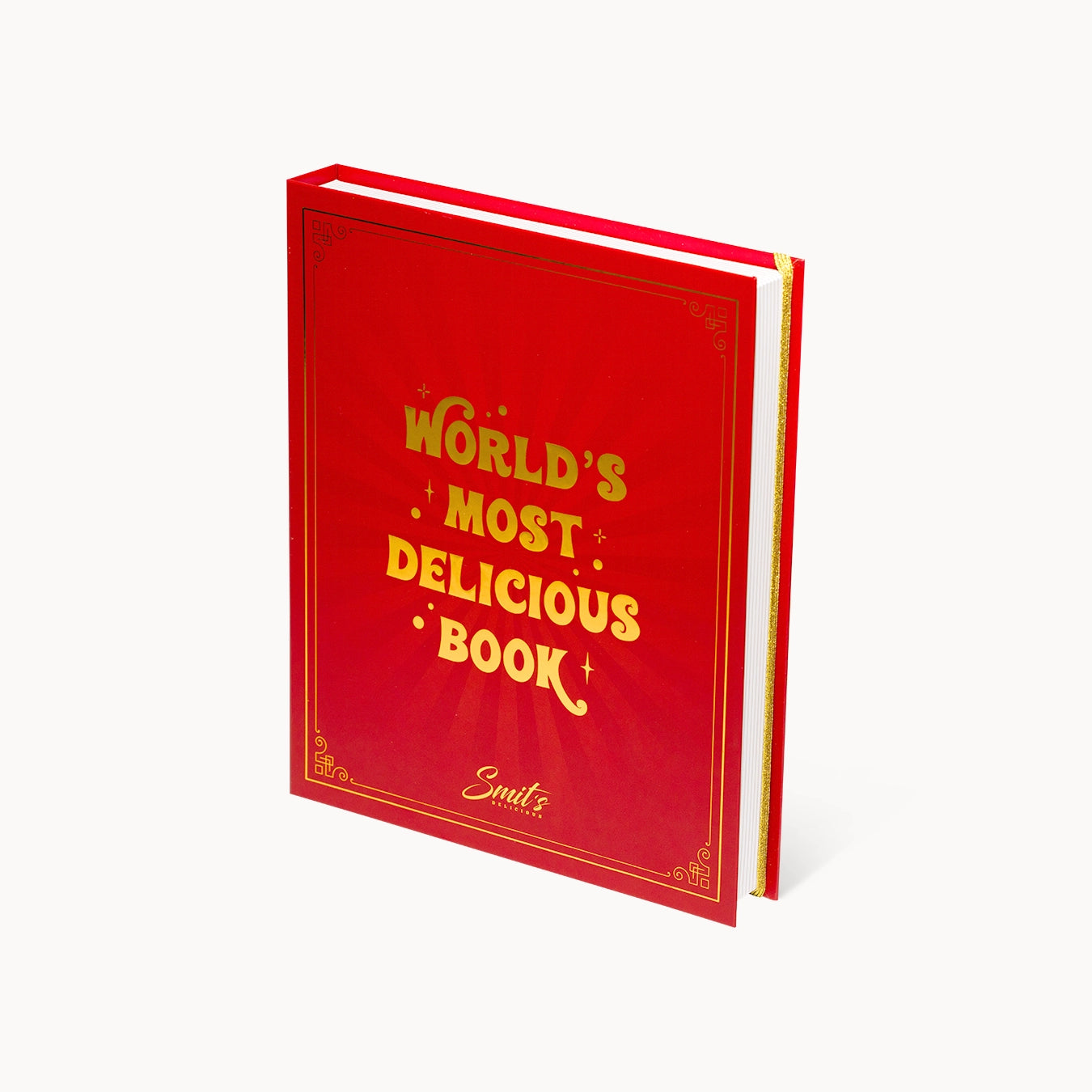Chocolate has become an indispensable part of our lives. From bonbons and chocolate bars to hot chocolate and refined desserts: this sweet temptation has conquered the world. But who actually discovered chocolate? Where does it come from, and how did it become the delicacy we know today?
Who invented chocolate?
The history of chocolate begins with the ancient civilizations of Mesoamerica. The Olmecs, one of the oldest civilizations in Mesoamerica (c. 1500-400 BCE), were likely the first to discover and use cacao. They ground cacao beans and mixed them with water and spices to make a bitter drink.
Later, the Maya (250-900 AD) adopted this tradition and perfected the process. For them, cacao was sacred and was often used in rituals, as an offering to the gods, and even as currency. The Maya called their cacao drink "xocoatl," which translates as "bitter water."
Who discovered chocolate?
The Aztecs (14th-16th centuries) adopted cacao culture and considered it a drink of the elite. They mixed ground cacao beans with water, chili pepper, and spices, creating a spicy and nutritious drink. Emperor Montezuma II is said to have consumed liters of this beverage daily, believing it gave him strength.
Who invented chocolate?
The European discovery of chocolate came with the Spanish conquistador Hernán Cortés. In 1519, he arrived in the Aztec Empire and was introduced to the cacao drink. Cortés and his men brought cacao beans back to Spain, where they quickly became popular. The Spanish added sugar and vanilla to the drink, making it more palatable to European palates. This is how the first form of chocolate as we know it today was born.
From the 17th century onward, cocoa spread throughout Europe and became a luxury product at royal courts. It wasn't until the 19th century, with the invention of solid chocolate by companies like Van Houten and later Nestlé, that chocolate became accessible to a wider audience.
The history of chocolates
In the 17th century, chocolate became a luxury product for the nobility in Europe, and the term "bonbon" originated in the French court. In 1912, Belgian pharmacist Jean Neuhaus revolutionized the bonbon by filling chocolate with soft fillings, which led to the praline. Since then, bonbons have become a beloved treat worldwide. Today, chocolatiers like Bonbonbook are reviving this tradition with unique, handcrafted creations that taste like a story in themselves.
Read all about the history of chocolates here
Where does chocolate come from?
Today, cocoa is primarily grown in countries like Ivory Coast, Ghana, Indonesia, Ecuador, Brazil, and Nigeria. These countries produce the majority of the cocoa beans used in chocolate production worldwide. Learn more about where chocolate and cocoa come from.
Bonbonbook celebrates the rich history of chocolate by creating artisanal bonbons with unique flavors and creative presentations. Each bonbon tells a story, just as the cocoa bean has for centuries.
So, the next time you enjoy a piece of chocolate, think back to the Mayans, the Aztecs, and the explorers who brought this precious bean to us.
Learn more about where our chocolate comes from
The future of chocolate
The future of chocolate revolves around sustainability and craftsmanship. Chocolatiers are increasingly working with ethically produced cocoa and natural ingredients, while handcrafting and artisanship remain key. At Bonbonbook, we combine these values with creativity to create bonbons that are not only delicious but also tell a compelling story.












